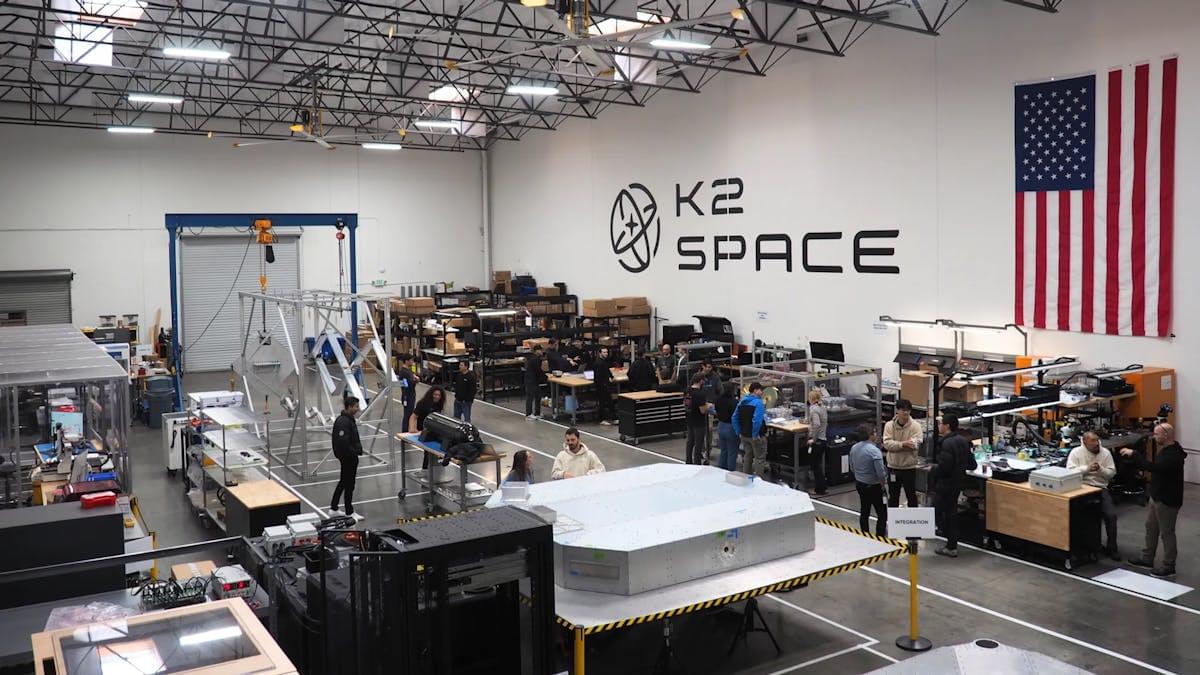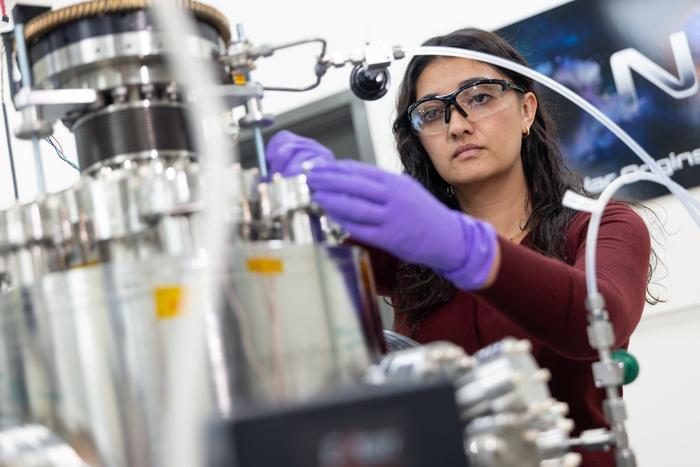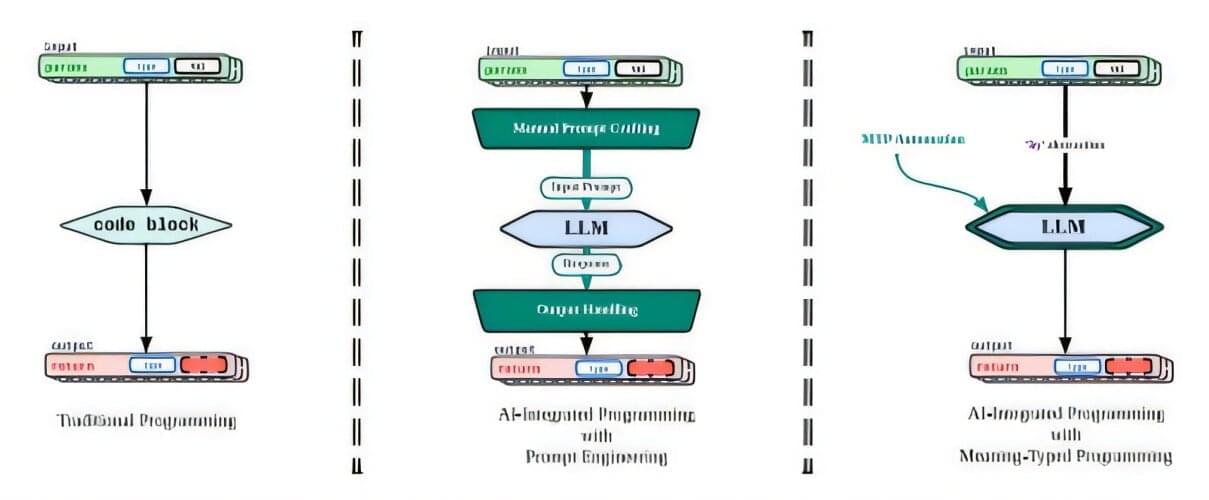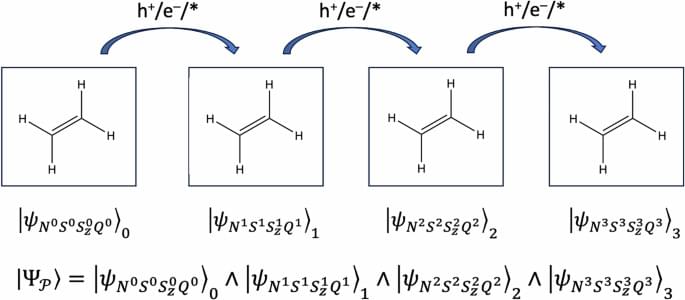Astronomers have discovered that 3I/ATLAS is carrying methanol and other chemicals that were probably important in the origin of life



Like a toddler right before naptime, TRAPPIST-1 is a small yet moody star. This little star, which sits in the constellation Aquarius about 40 light-years from Earth, spits out bursts of energy known as “flares” about six times a day.
New research led by the University of Colorado Boulder takes the deepest look yet at the physics behind TRAPPIST-1’s celestial temper tantrums. The team’s findings could help scientists search for habitable planets beyond Earth’s solar system.
The researchers used observations from NASA’s James Webb Space Telescope and computer simulations (models) to understand how TRAPPIST-1 produces its flares—first building up magnetic energy, then releasing it to kick off a chain of events that launches radiation deep into space. The results could help scientists unravel how the star has shaped its nearby planets, potentially in drastic ways.



Developers can now integrate large language models directly into their existing software using a single line of code, with no manual prompt engineering required. The open-source framework, known as byLLM, automatically generates context-aware prompts based on the meaning and structure of the program, helping developers avoid hand-crafting detailed prompts, according to a conference paper presented at the SPLASH conference in Singapore in October 2025 and published in the Proceedings of the ACM on Programming Languages.
“This work was motivated by watching developers spend an enormous amount of time and effort trying to integrate AI models into applications,” said Jason Mars, an associate professor of computer science and engineering at U-M and co-corresponding author of the study.

Using NASA’s Kepler space telescope, Chinese astronomers have observed a binary star system known as KIC 5623923. As a result, they found that the investigated system is a faint eclipsing binary experiencing Delta Scuti-type pulsations. The new findings were published Nov. 24 on the arXiv pre-print server.
Delta Scuti stars are pulsating variables with spectral types between A and F, named after the Delta Scuti variable in the constellation Scutum. They exhibit radial and non-radial pulsations spanning periods from 20 minutes to eight hours. Studying pulsation behavior of Delta Scuti variables could help us advance our knowledge about stellar interiors.

Second Variety audiobook.
by Philip K. Dick (1928 — 1982)
First published in Space Science Fiction May 1953. “The claws were bad enough in the first place—nasty, crawling little death-robots. But when they began to imitate their creators, it was time for the human race to make peace—if it could!” When future war becomes so horrific that humans turn to machines and computers to design ways to kill each other strange things may happen. And do in this classic Philip K. Dick story!(summary from the story blurb and Phil Chenevert)

